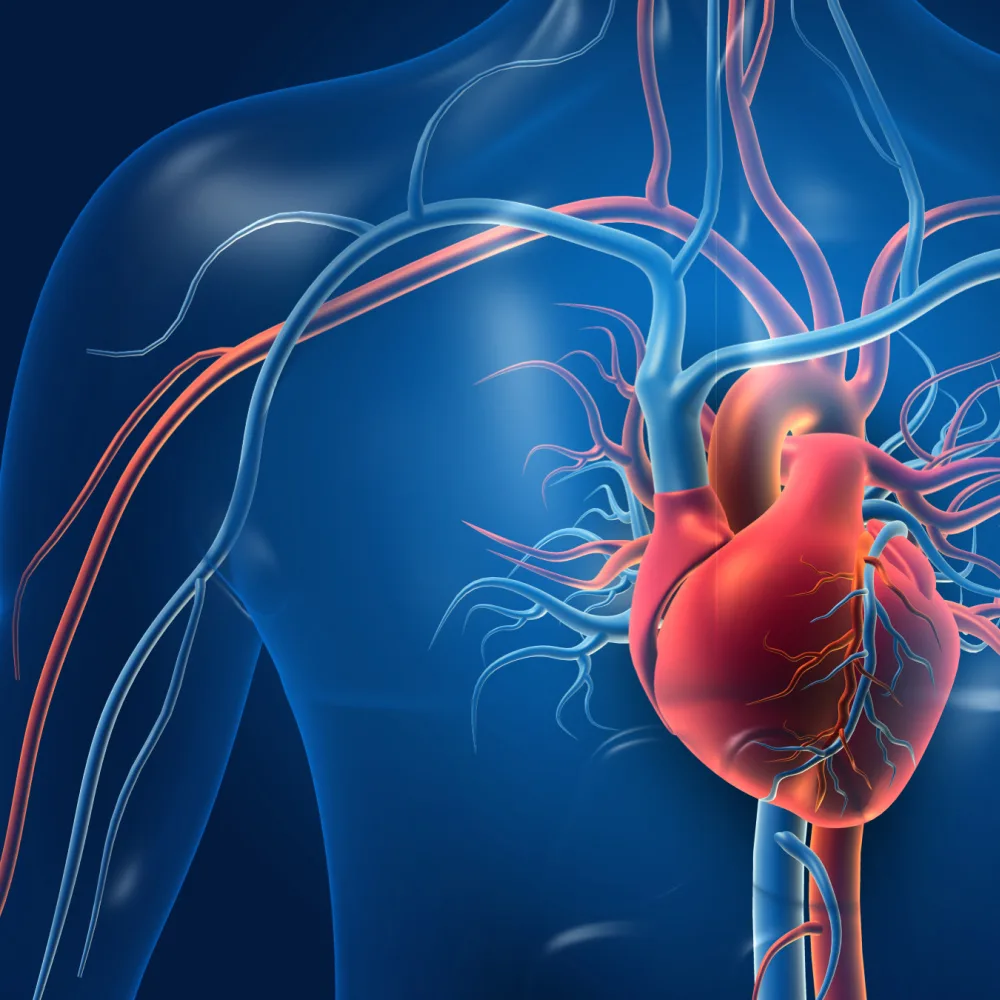Circulation and Mitochondrial Dysfunction
Learn to identify at-risk patients, understand the mechanisms of circulation and mitochondrial dysfunction, and discover targeted protocol options for comprehensive patient care.
About Dr. Merrill K Galera
Specializing in Emergency Medicine, Family Medicine, and Integrative Medicine. Graduated from Loma Linda University School of Medicine (2002). Currently practicing in Oak Brook, IL.
Key Learning Objectives
1️⃣
Identify At-Risk Patients
2️⃣
Confirm Symptomatic Presentation
3️⃣
Evaluate Objective Findings
4️⃣
Understand Mechanisms
5️⃣
Recognize Targets
6️⃣
Learn Protocol Options
Identifying At-Risk Patients
Typically patients with: Chronic Infections, Inflammation, Chronic Conditions
Key Symptoms to Watch For:
- Fatigue
- Poor circulation
- Cold hands, feet, arms, legs
- Cold intolerance
- Numbness, tingling
- Lightheadedness, brain fog
- Headaches, dizziness
- Exercise intolerance
Evaluating Objective Findings
Physical Examination
- Low pulse oxygen
- Low blood pressure
- Cold hands, feet, skin
- Reduced nerve sensitivity
- Bruising, swelling
- Weakness
Basic Laboratory Findings
- CO2 < 25 on CMP
- Metabolic-lactic acidosis
- Poor energy output
- Low B vitamins, Mg, CoQ10
- ↑ CRP, ESR, fibrinogen
Advanced Laboratory
- Clotting cascade markers
- Lactate, Pyruvate
- Organic acids
- Fatty acids
- Amino acids
Understanding the Mechanisms Involved
1
Lack of Blood Flow
Cholesterol and blood sugar levels impact circulation
2
Lack of Nutrient Diffusion
Clotting and fibrin issues impede nutrient delivery from capillaries to cells
3
Lack of Cellular Delivery
Digestive function and nutrient supply affect cellular nutrition
4
Lack of Toxicity Removal
Infections and toxins (metals, mold, environmental) trigger inflammation
Learning Protocol Options
Blood Flow Optimization
✓ Movement & Exercise
✓ Adequate Hydration
✓ Weight Management
✓ BP Control
✓ Blood Sugar Control
Homeopathic Protocol Options
⚠️ Important: Always consult with the patient’s Cardiologist on matters of blood flow, platelets, clotting, or any heart-related symptoms.
Blood Flow Support
Arteries: Secale
Capillaries: Arnica
Veins: Lachesis, Pulsatilla, Vipera
Clotting Management
Platelets: Arnica
Clotting: Lachesis, Phosphorus
Mitochondrial Energy
Energy Support:
- Arsenicum album
- Phosphoricum acidum
Quick Suggested Protocols
Cold Hands-Feet, Numbness, Tingling, Headache, Dizziness
HRx: Circulation
SRx: Crataego Complex II
High Cholesterol, Metabolic Syndrome*
HRx: Vascuflow
SRx: LipiCore
*Consult with Cardiologist
Bruising/Swelling, Homocysteine, Fibrin, D-Dimer
HRx: Circulation
SRx: TriCurcumin, Nattokinase
Fatigue, Low CO2 (Mitochondrial Dysfunction)
HRx: Bio Co-Enzyme Phase
SRx: Liposomal Restore, Catalyst, Magnesium
Final Notes: Address the Basics
Digestive Issues
- Food Reactions
- Digestion
Infection Issues
- SSR
- PathoGuard
Toxicity Issues
- Mold
- Metals
- Environmental
Clinical Summary
Circulation and mitochondrial dysfunction significantly impact quality of life. By identifying at-risk patients, confirming symptomatic presentations, evaluating objective findings, understanding mechanisms, and implementing targeted protocols, healthcare professionals can provide valuable support for symptom relief and overall well-being.
DesBio empowers practitioners and their patients through targeted supplements and homeopathic remedies. DesBio is more than just a product company, we are a partner in your practice. Our training and educational programs focus on diagnostic strategies, clinical how-tos, case studies, and troubleshooting tips to help you manage the increasingly complex needs of your patient base.
DesBio Practitioners have access to this webinar here.
Join Our Practitioner Community
If you are a healthcare practitioner and would like to join our DesBio practitioner community, take the next step today.


